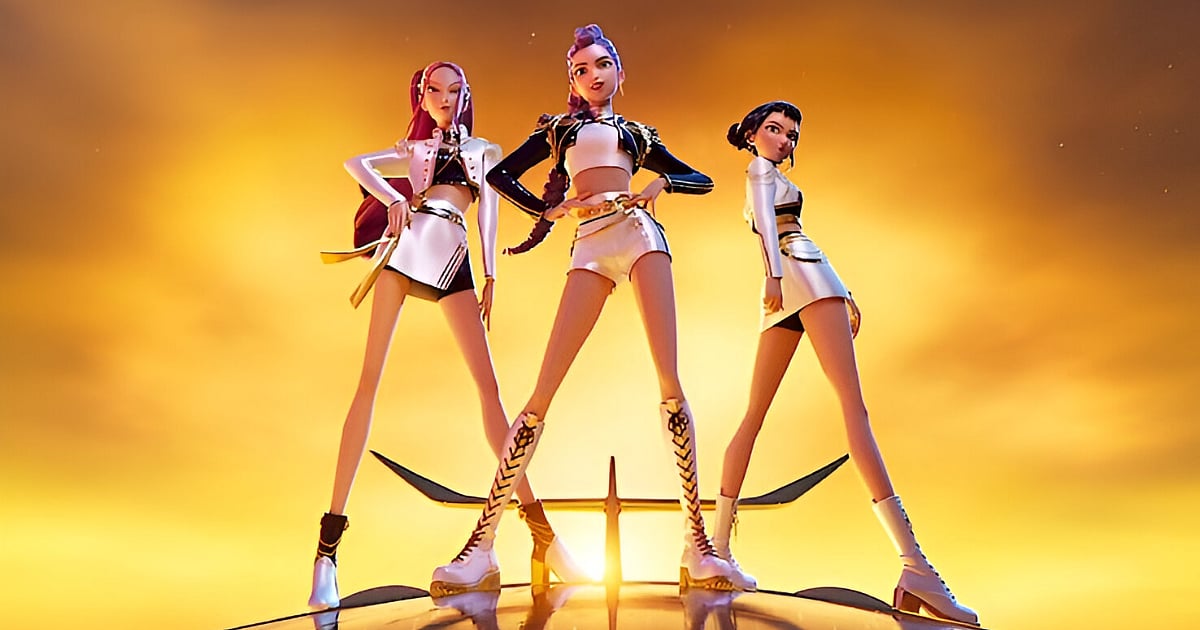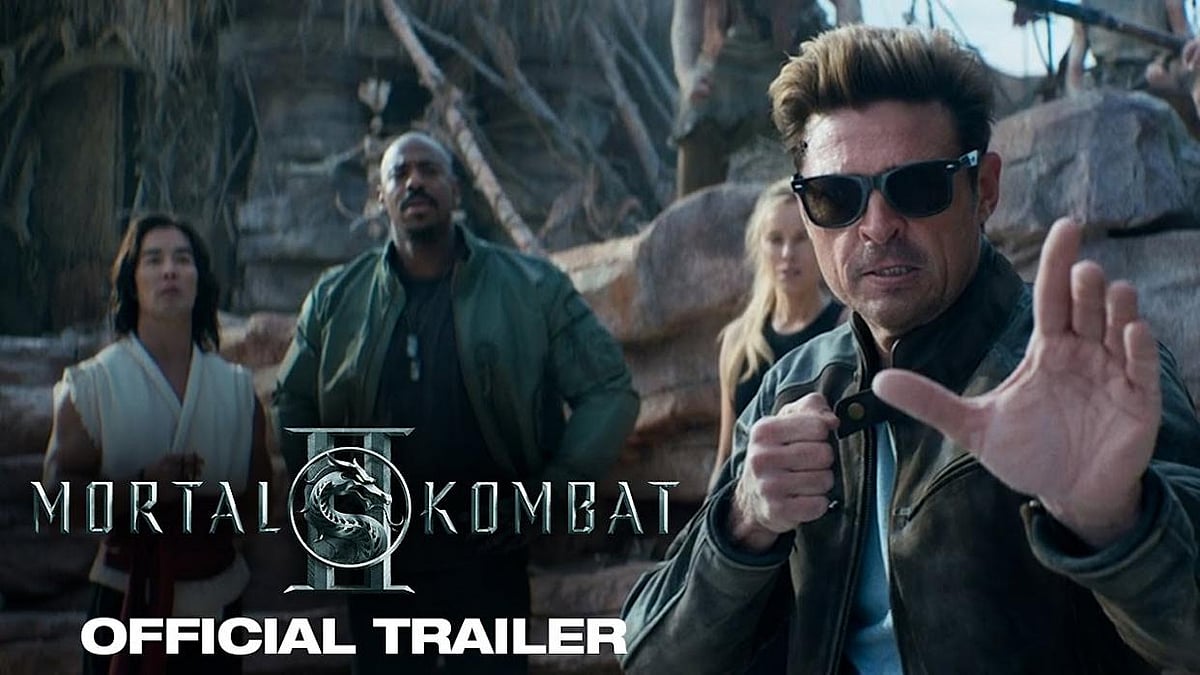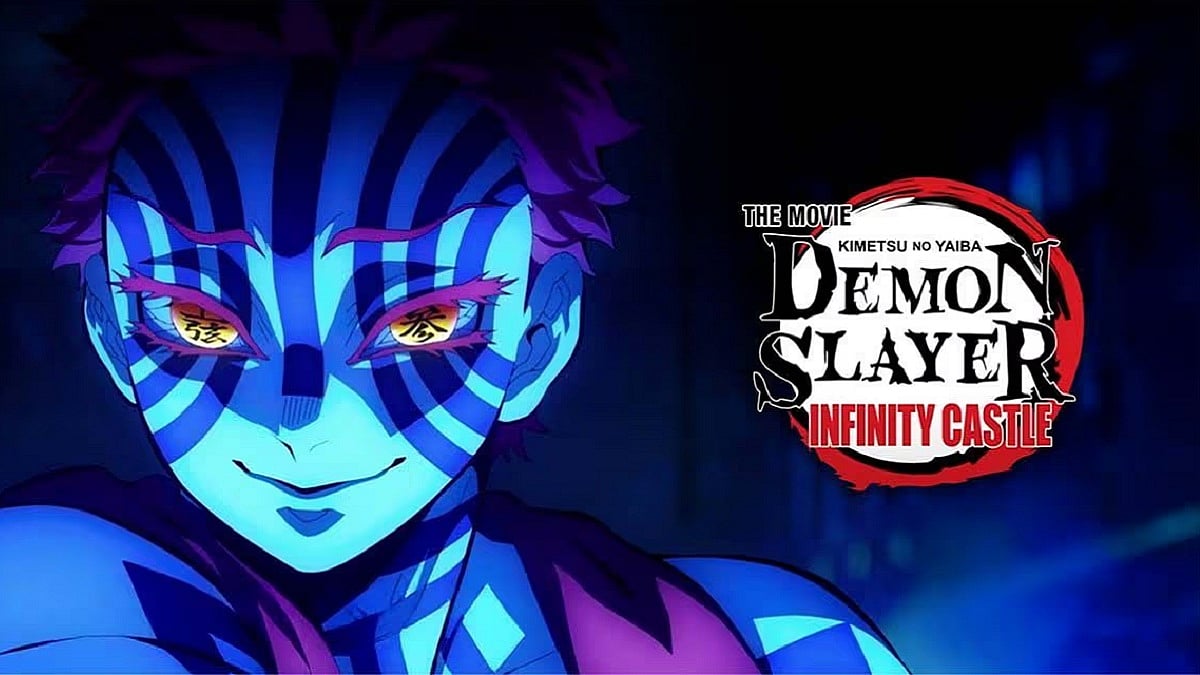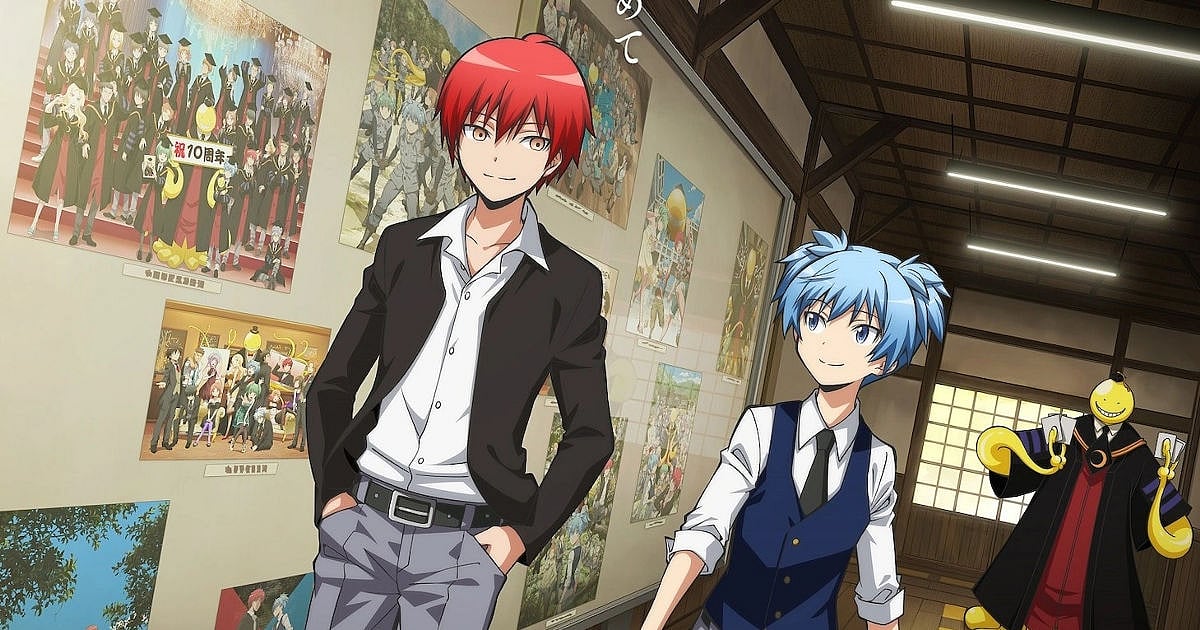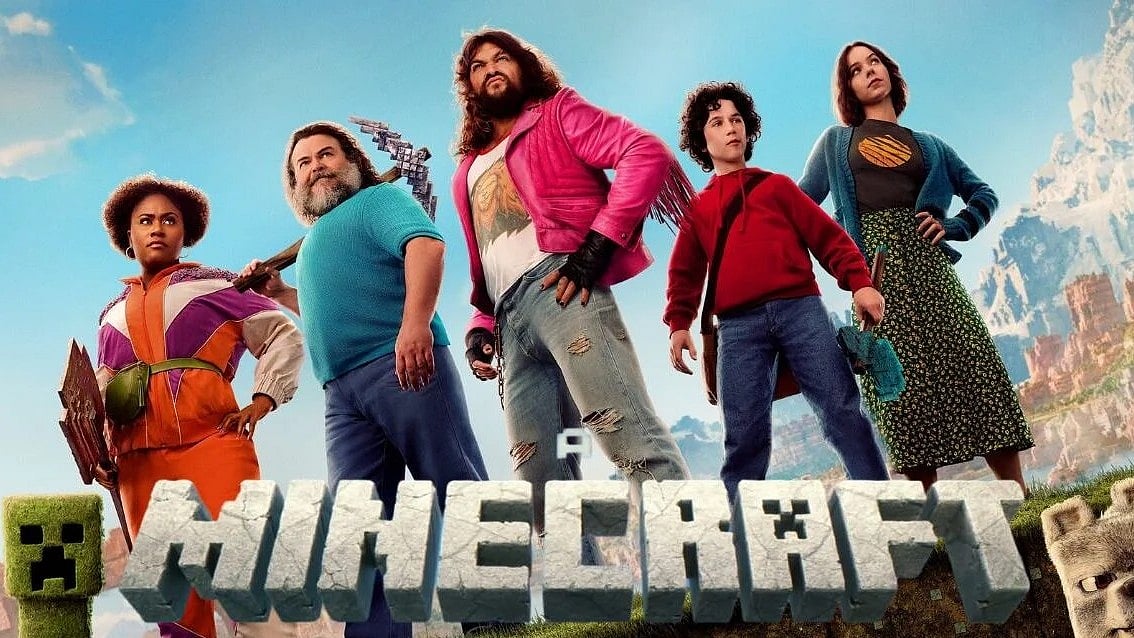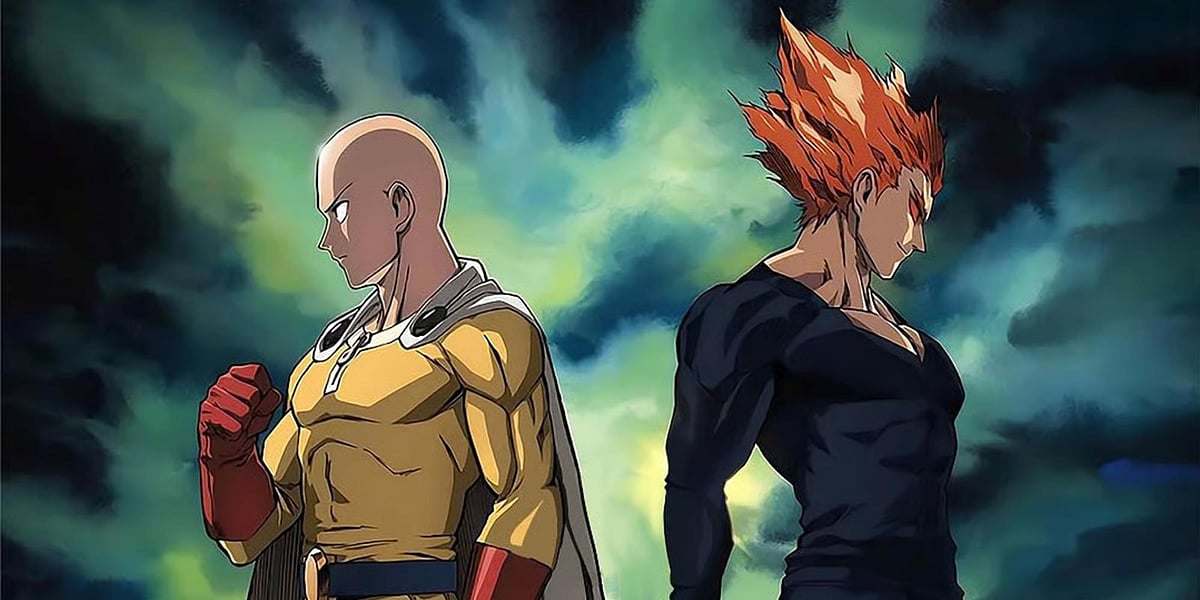
From masterpiece to manga slideshow.
From 9.5 to 6.4 on IMDb: What Went Wrong with One-Punch Man S3?
Why Saitama's Fall From Grace is a Crucial Test Case for the Future of Blockbuster Anime.
Highlights
- One-Punch Man Season 3's premiere was critically panned for "slideshow" animation, causing its rating to plummet.
- The quality drop is attributed to the anime industry's committee system, which prioritizes profit over artistic vision.
- The series is now a test case to see if a huge franchise can succeed on brand recognition alone, despite poor quality.
After a six-year wait, the return of anime's strongest hero felt shockingly weak. But the problem isn't just one bad episode; it's a symptom of an industry at a breaking point.
The hype was electric. For six long years, fans of One-Punch Man, a franchise that has sold over 35 million manga volumes worldwide, have been waiting for its return.
They weren’t just waiting for more of Saitama’s deadpan humour but also for the anime adaptation of the legendary “Monster Association arc”, a sprawling saga packed with the kind of god-tier action that made the show a global phenomenon.
What they got in the Season 3 premiere was a betrayal of that hype. Instead of the fluid, explosive animation that defined the series, viewers were subjected to what is now infamously being called a “manga slideshow”.
The episode was bizarrely static. Characters stood frozen, their mouths flapping over dialogue-heavy scenes with the kinetic energy of a corporate PowerPoint presentation. For an anime famed for its action, the most shocking part was that not a single punch was thrown.
The fan backlash was swift and brutal. The premiere’s rating on MyAnimeList, a key barometer of audience sentiment, slumped to a dismal 6.92, a clear vote of no confidence. But this isn’t just about one disappointing episode.
The story of One-Punch Man’s fall from grace is a troubling case study of a sickness plaguing the entire anime industry, where business decisions made in boardrooms can sabotage artistry, and why fans of other huge franchises, from Tokyo Ghoul to Blue Lock, are feeling a painful sense of déjà vu.
A Tale of Three Seasons: From Masterpiece to Meme
The show's jarring trajectory is perfectly reflected in its official ratings and sales figures.
Season 1, which aired back in 2015, wasn't just good; it was a miracle. Helmed by the visionary director Shingo Natsume at the legendary Studio Madhouse. Natsume acted as the project's auteur, using his personal industry connections to assemble a "dream team" of freelance animation superstars.
The result was a visual tour de force that set a new standard for TV anime. It was a critical and commercial smash, still holding a stellar 8.6/10 on IMDb, with episode one rated at 9.5/10, the highest for the show. In Japan, its Blu-ray sales were a certified hit.
For Season 2, the production was moved to a different studio, J.C. Staff, with a new director. Natsume's dream team was gone. While having a strong story focused on the villain, Garou was a clear visual downgrade. Fans complained of stiff animation, inconsistent art style, and lazy shortcuts. The numbers on IMDb showed a similar sentiment as the rating dropped to a more modest 8.0/10.
In a bizarre twist, the utter failure of the Season 3 premiere has made the much-maligned second season look like a masterpiece by comparison. "The team behind S2 deserves an apology," one fan wrote on Reddit. On IMDb, Episode 1 of Season 3 holds a lacklustre 6.4/10, a rating that screams audience disappointment.
The Real Villains: Suits in a Boardroom
So, who’s to blame? It’s easy to point fingers at J.C. Staff, but the real power lies with a shadowy group most fans have never heard of: the production committee.
In today's anime industry, studios rarely fund their own shows. Instead, a committee of stakeholders, manga publishers, TV networks, and toy companies pools their money to get the anime made. Think of them as the movie studio and the animation studio (like Madhouse or J.C. Staff) as the hired film crew.
This committee holds all the cards. They set the budget and the schedule, and they hire the studio, which often acts as little more than a contractor. For them, studios and directors are often interchangeable parts.
Why the switch from Madhouse after Season 1's success? The simple answer is scheduling. Top-tier studios are booked years in advance. When the committee finally greenlit a sequel, Madhouse was probably already busy. So, they hired J.C. Staff, who could do it in their timeframe, likely for a better price.
For Season 3, the choice of director Shinpei Nagai, known for his efficiency in blending CG and traditional animation, further signals a business-first approach, a decision aimed at meeting tight deadlines, which often comes at the cost of artistic polish.
The goal wasn't to recapture the artistic lighting-in-a-bottle of Season 1; it was to get a product out the door while the IP was still hot. This business-first logic leads to rushed schedules, which is the number one killer of animation quality.
An Industry-Wide Epidemic of Fumbled Franchises
This isn't an isolated incident. The anime world is littered with the corpses of promising adaptations fumbled by poor production decisions.
Tokyo Ghoul started strong before derailing into a confusing, non-canon second season, followed by a disastrously rushed final season that tried to cram 179 chapters of manga into 24 episodes. It’s now a textbook example of how to squander a beloved franchise.
Blue Lock Season 2 recently faced the "PowerPoint Lock" scandal, where an animator publicly confirmed the committee forced them to cut frames and "eliminate all the movement" to meet an aggressive deadline. The result was the same static animation plaguing Saitama's return.
These cases reveal a destructive cycle: a great first season creates hype, the committee rushes a sequel to cash in, the quality plummets, and the fans who made it a hit are left feeling betrayed.
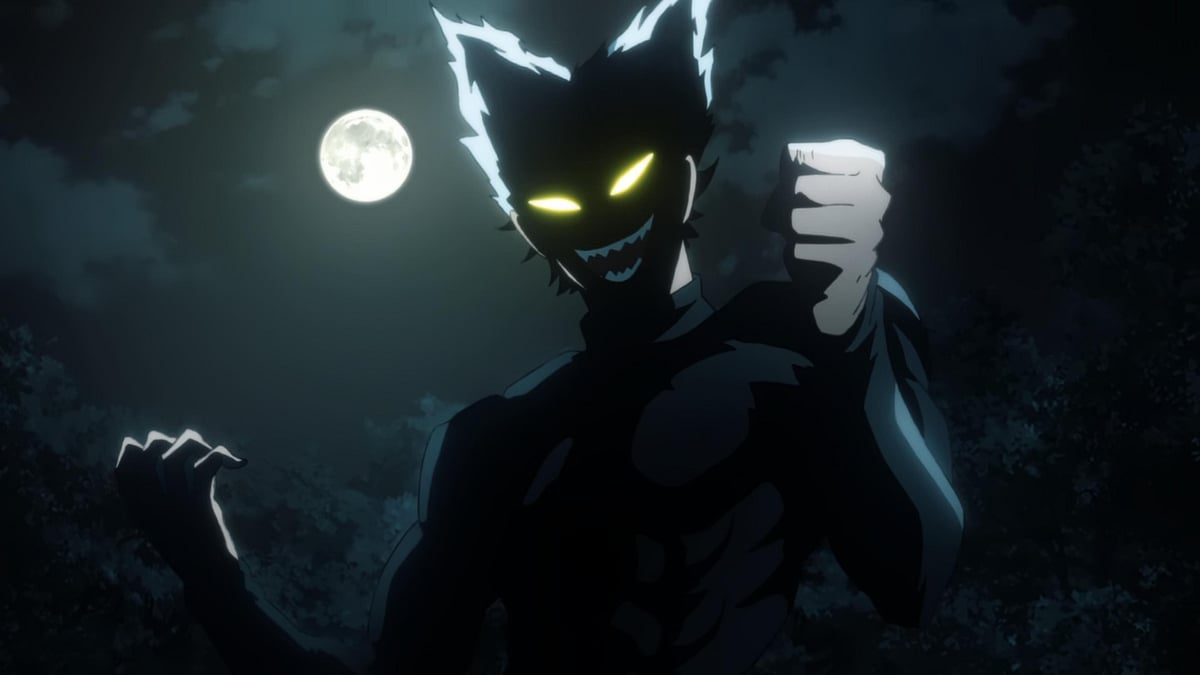
IMDb
Why You Should Care: One-Punch Man is a Test Case
The disappointing return of One-Punch Man is more than just a letdown; it represents a crucial test case for franchise sustainability in the modern anime boom. With over 150 million households on Netflix alone watching anime, the global demand is higher than ever. But the production pipeline in Japan is strained to its breaking point.
If Season 3 of One-Punch Man becomes a commercial success despite its glaring quality issues, it sends a dangerous message to the industry. For big-name franchises, brand recognition is all that matters, and quality becomes optional. An auteur's vision can be discarded for a cheaper, faster alternative, and as long as the brand is strong enough, it will still make money.
The viewership’s voice is the most powerful feedback there is. The discourse, the ratings, and the social media outrage all send a clear signal that quality matters. Saitama may be a hero for fun, but for the fans who invest their time and passion into his story, the fight for a worthy adaptation is a serious one. The question now is, will the industry listen?

Author
Krishna Goswami is a content writer at Outlook India, where she delves into the vibrant worlds of pop culture, gaming, and esports. A graduate of the Indian Institute of Mass Communication (IIMC) with a PG Diploma in English Journalism, she brings a strong journalistic foundation to her work. Her prior newsroom experience equips her to deliver sharp, insightful, and engaging content on the latest trends in the digital world.
Krishna Goswami is a content writer at Outlook India, where she delves into the vibrant worlds of pop culture, gaming, and esports. A graduate of the Indian Institute of Mass Communication (IIMC) with a PG Diploma in English Journalism, she brings a strong journalistic foundation to her work. Her prior newsroom experience equips her to deliver sharp, insightful, and engaging content on the latest trends in the digital world.
Related Articles
